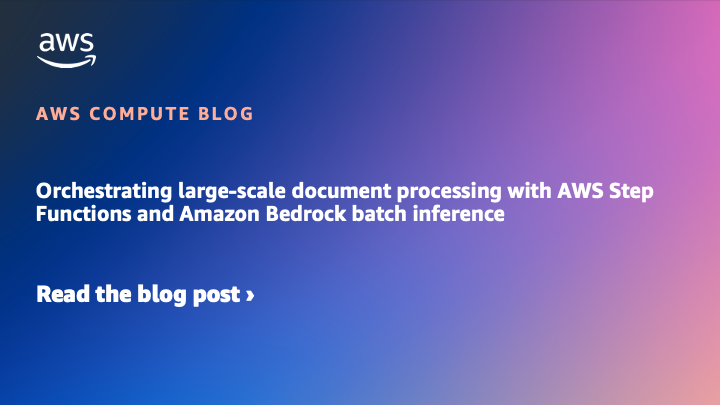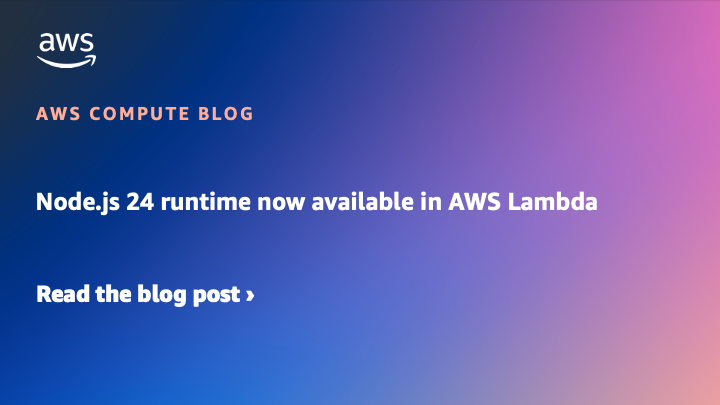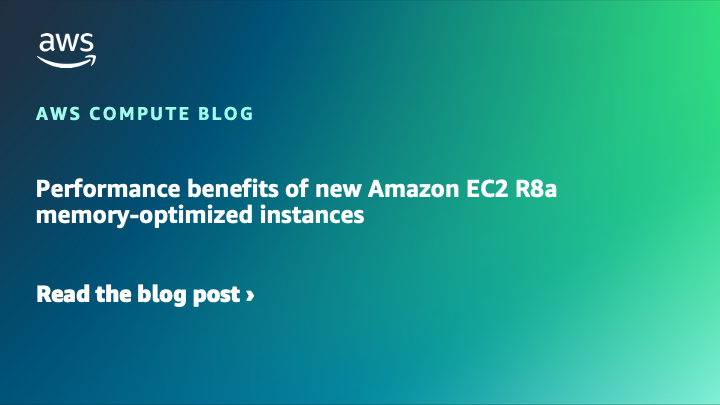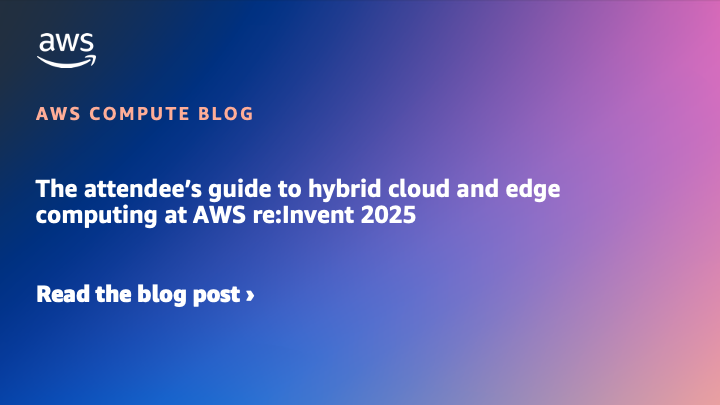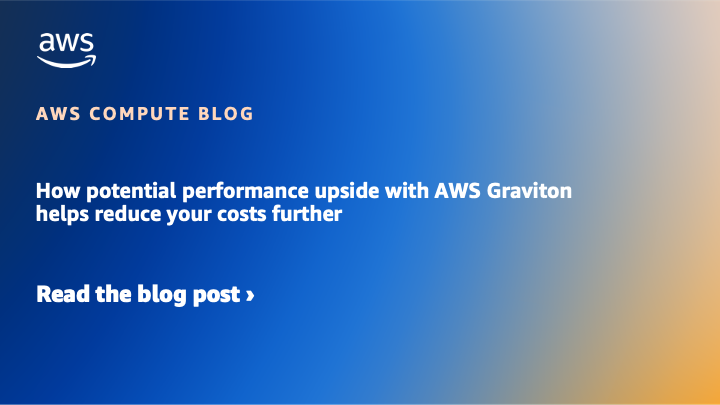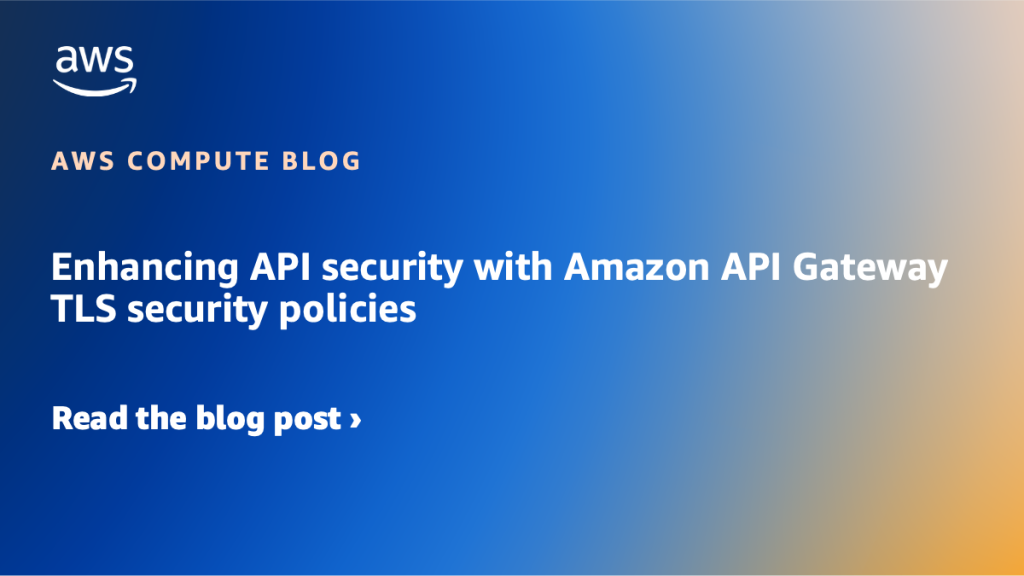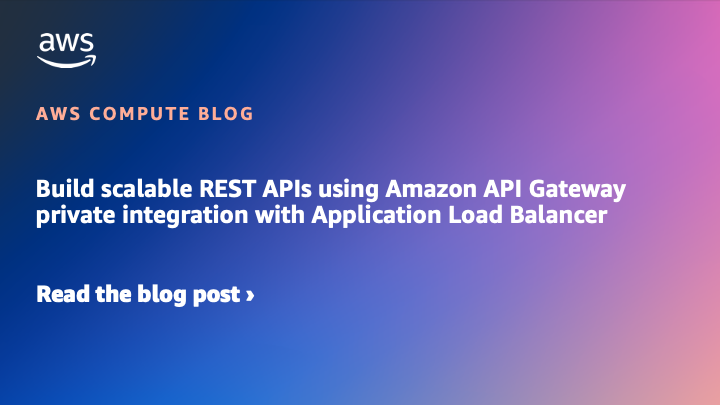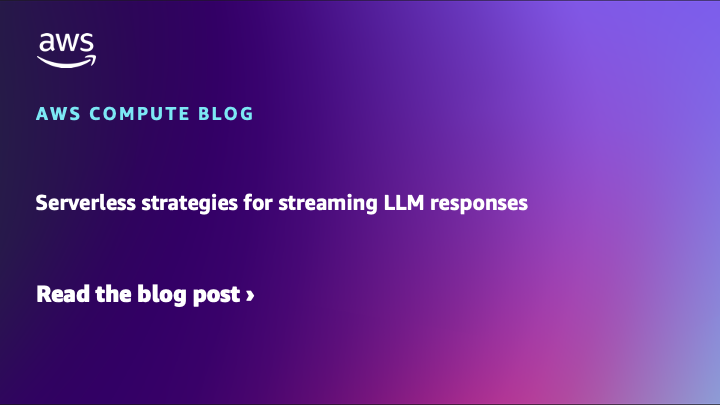AWS Compute Blog
Orchestrating large-scale document processing with AWS Step Functions and Amazon Bedrock batch inference
Organizations often have large volumes of documents containing valuable information that remains locked away and unsearchable. This solution addresses the need for a scalable, automated text extraction and knowledge base pipeline that transforms static document collections into intelligent, searchable repositories for generative AI applications.
Node.js 24 runtime now available in AWS Lambda
You can now develop AWS Lambda functions using Node.js 24, either as a managed runtime or using the container base image. Node.js 24 is in active LTS status and ready for production use. It is expected to be supported with security patches and bugfixes until April 2028. The Lambda runtime for Node.js 24 includes a new implementation of the […]
Performance benefits of new Amazon EC2 R8a memory-optimized instances
Recently we announced the availability of Amazon Elastic Compute Cloud (Amazon EC2) R8a instances, the latest addition to the AMD memory-optimized instance family. These instances are powered by the 5th Generation AMD EPYC (codename Turin) processors with a maximum frequency of 4.5 GHz. In this post I take these instances for a spin and benchmark MySQL later on, but first I discuss the top things you should know about these instances.
The attendee’s guide to hybrid cloud and edge computing at AWS re:Invent 2025
AWS re:Invent 2025 returns to Las Vegas, Nevada, from December 1–5, 2025. This year, we’re offering a comprehensive lineup of sessions and booth activities to help you build resilient, performant, and scalable applications wherever you need them—in the cloud, on premises, or at the edge.
Optimize unused capacity with Amazon EC2 interruptible capacity reservations
Organizations running critical workloads on Amazon Elastic Compute Cloud (Amazon EC2) reserve compute capacity using On-Demand Capacity Reservations (ODCR) to have availability when needed. However, reserved capacity can intermittently sit idle during off-peak periods, between deployments, or when workloads scale down. This unused capacity represents a missed opportunity for cost optimization and resource efficiency across the organization.
How potential performance upside with AWS Graviton helps reduce your costs further
Amazon Web Services (AWS) provides many mechanisms to optimize the price performance of workloads running on Amazon Elastic Compute Cloud (Amazon EC2), and the selection of the optimal infrastructure to run on can be one of the most impactful levers. When we started building the AWS Graviton processor, our goal was to optimize AWS Graviton […]
Enhancing API security with Amazon API Gateway TLS security policies
In this post, you will learn how the new Amazon API Gateway’s enhanced TLS security policies help you meet standards such as PCI DSS, Open Banking, and FIPS, while strengthening how your APIs handle TLS negotiation. This new capability increases your security posture without adding operational complexity, and provides you with a single, consistent way to standardize TLS configuration across your API Gateway infrastructure.
Improving throughput of serverless streaming workloads for Kafka
Event-driven applications often need to process data in real-time. When you use AWS Lambda to process records from Apache Kafka topics, you frequently encounter two typical requirements: you need to process very high volumes of records in close to real-time, and you want your consumers to have the ability to scale rapidly to handle traffic spikes. Achieving both necessitates understanding how Lambda consumes Kafka streams, where the potential bottlenecks are, and how to optimize configurations for high throughput and best performance.
Build scalable REST APIs using Amazon API Gateway private integration with Application Load Balancer
Today, we announced Amazon API Gateway REST API’s support for private integration with Application Load Balancers (ALBs). You can use this new capability to securely expose your VPC-based applications through your REST APIs without exposing your ALBs to the public internet.
Serverless strategies for streaming LLM responses
Modern generative AI applications often need to stream large language model (LLM) outputs to users in real-time. Instead of waiting for a complete response, streaming delivers partial results as they become available, which significantly improves the user experience for chat interfaces and long-running AI tasks. This post compares three serverless approaches to handle Amazon Bedrock LLM streaming on Amazon Web Services (AWS), which helps you choose the best fit for your application.
